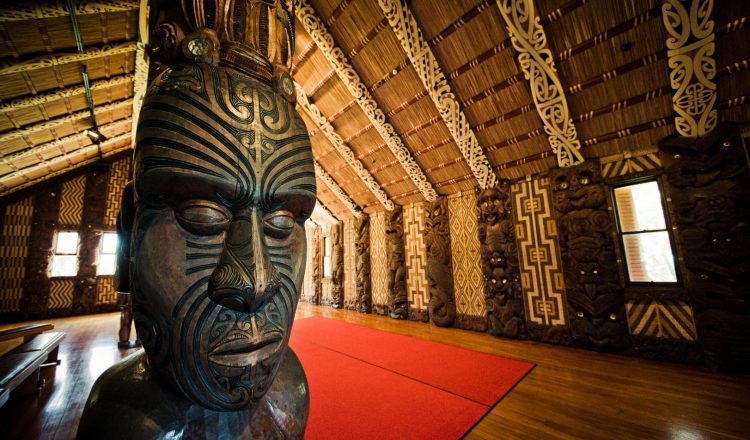Mihi and Pepeha – Speeches and Greetings
A Mihi is a greeting in Maori. It is a way of saying hello in a casual setting but on formal occasions, such a Powhiri, it must contain something known as a Pepeha or introduction.
This introduction is used to announce your heritage and give those that are listening a foundation of information about you and where you come from. You will announce your ancestors, your tribe or family and the places that are sacred to you. Although this may seem daunting, especially at formal or ceremonial occasions, it is a great opportunity to share some of your personal story and take pride in your heritage.
A Pepeha can vary in length and content depending on the situation and the person giving the Mihi. Generally, speakers state their name, the region they come from, their closest sacred mountain and river. Although you could also mention your family members or even your job if the situation demands it.
For example:
You would start the Pepeha with a greeting, a common one in Maori is “Kia ora” which is translated to simply “hello”.
Next you would state that “_____” is the sacred mountain.
That “____” is the river
I am from “____”
“____” is my family
My name is “____”
The place names could cause some trouble for non-Kiwis but most people can come up with their own Pepeha and have quite a lot of fun doing it. It’s a way to think about the places and people that have defined you, to show others a glimpse of who you are.
Other Maori Mihi or greetings that are less formal can be used in day to day conversation. “Kia ora” is fine to say hi to a singular person, but if you are addressing a group, “Kia ora koutou” is more appropriate. If you want to wish someone well after a pleasant meeting then, “Kia pai to ra” translates to “Have a good day.”

















































